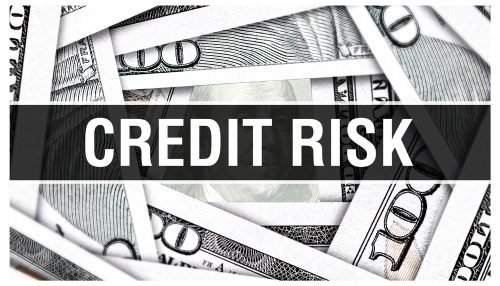Learning credit risk analysis online can benefit your career
A loss or an unknown event are both examples of risks in the financial world. It negatively affects investing. Risk also doesn’t just apply to human beings. Risks can also affect businesses. Certain decisions may carry significantly greater risk than others. It depends on various variables. For instance, the nature of investments and type of entities.
But can we measure risk? That’s where Credit Risk Analysis helps us. It is a process that calculates and anticipates all types of risks in various investments. One has to consider all relevant factors to conclude the results. This is a job of a Credit Risk Analyst.
Read to know more about the process and career options in Credit Risk Analysis.
There are multiple amazing career options in finance. One of them is credit risk analysis. Check for online courses if you want to kickstart your journey in a new direction. Also, ensure industry experts and mentors teach these courses. You get an opportunity to gain many skills like specialization in commercial and retail finance. It also includes ways for credit appraisal, credit monitoring, credit ratings, and credit strategy.
How does a Credit Risk Analyst Certification Course help?
A credit risk analyst certification helps you become an expert in lending and credit analysis processes. You get to work in the financial services sector. Your job includes assessing and controlling consumer, business, and corporate credit risk. It helps to increase financial security.

It also helps you learn about credit appraisals using industry-accepted best practices. You learn industry-related skills and develop the insight to develop better trade ideas.
Also, a candidate with a Credit Risk Analyst certificate can easily identify problems like loans, etc. One helps in amplifying their company’s internal Basel-based rating system. Also, credit risk analysts recommend lending and investment. This helps to design credit strategies and credit portfolios.
All about Credit Risk Analyst’s job roles
Credit risk evaluation
A credit analyst’s responsibility is to assess a customer’s credit risk. They investigate savings, debt repayment history, business profits and buying activity. They analyze all of these data and advise businesses about various future steps. For instance, whether or not to extend credit terms to a customer, etc. The whole thing is evaluated through credit risk analysis.
Become a pro at analysing financial data
Commercial and credit unions hire credit analysts to examine a potential client’s financial information. The analyst assesses the client’s earnings history, liabilities, assets, and credit payment history. It helps them to decide if they are qualified for credit terms. They examine audited management accounts, financial statements, annual reports, and market data.
They also check for other factors regarding lenders and buyers. For instance, if the lender has safety, if the borrower has failed to fulfil their obligations, etc. It helps them ascertain future terms. It helps them to find out all risks related to customers. This helps businesses to decide whether to approve or deny credit facilities. The lender may look to the audit report and credit analysis study.
Review the credit limitations of current customers
Examine the credit limits of current clients to check for eligibility for an increase in their credit limit. One has to factor in various metrics. For instance, borrowers’ credit history, earnings data, prior credit defaults, etc.
They also write reports about customers’ present financial situation. It helps to figure out if they can meet their financial obligations. This is done by collecting periodic financial data. According to credit analysis reports, businesses decide whether to raise or lower a customer’s credit limit.
Who can Pursue a Credit Risk Analyst Career?
This course is perfect for people who want to work in the financial sector. Their job roles would include financial risk analysis and evaluation.
People with a basic understanding of finance. These people would benefit better from such certification courses.
The Bottomline
A certificate in credit risk analysis opens up multiple options. Businesses of various sectors hire credit analysts. This includes healthcare, technology, real estate, etc.
You get a deep understanding of lending and borrowing, credit underwriting, and regulatory requirements. You study how modern technologies affect financial risks. Imarticus’s online PG Diploma course has a result-oriented curriculum. Also, the career-focused modules adhere to global industry standards. We have also included current global trends and best practices.
Want to know more?
Contact us through chat support. Visit our training centres in Mumbai, Thane, Pune, Chennai, Bengaluru, Delhi, Gurgaon, or Ahmedabad.



